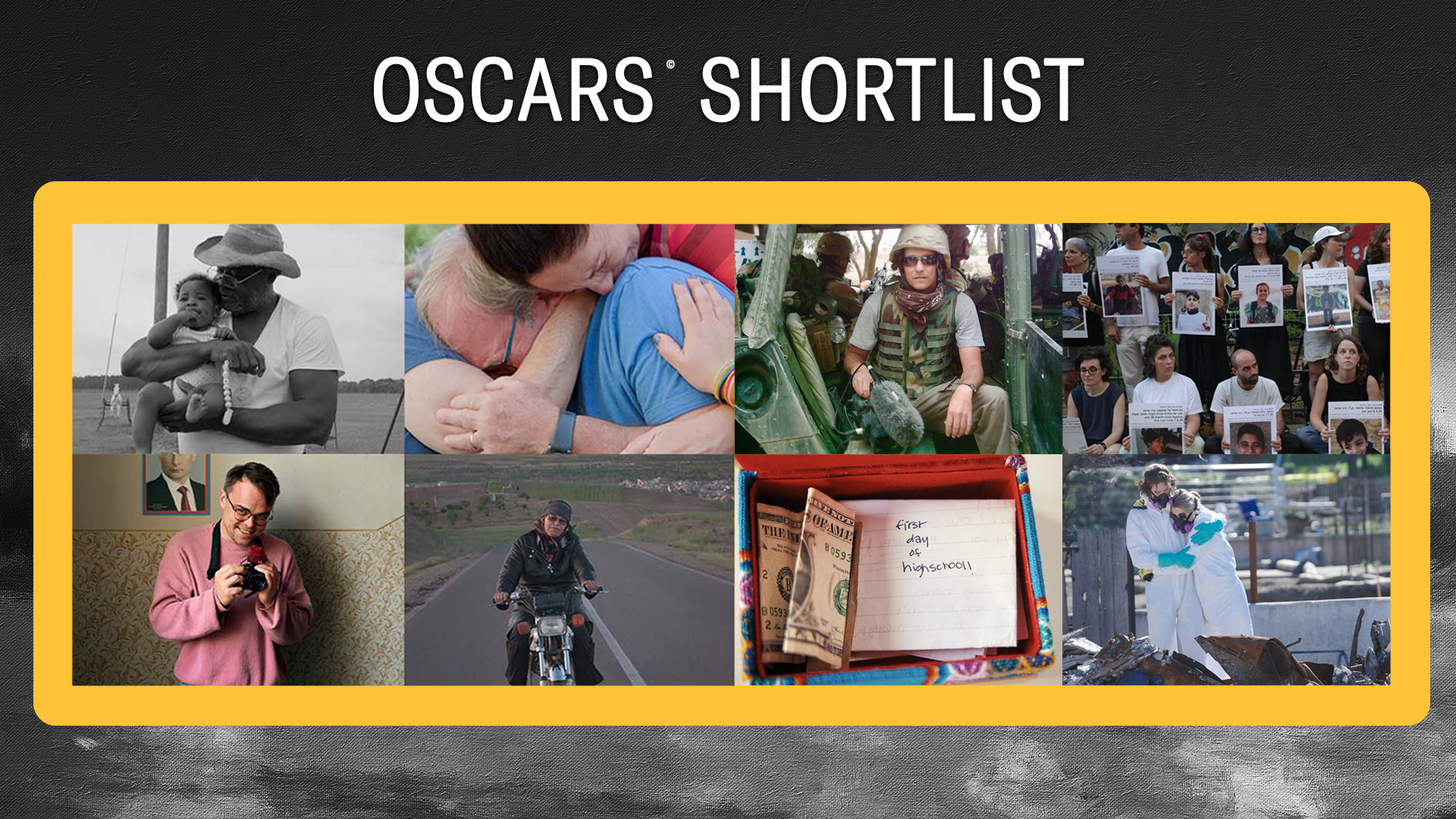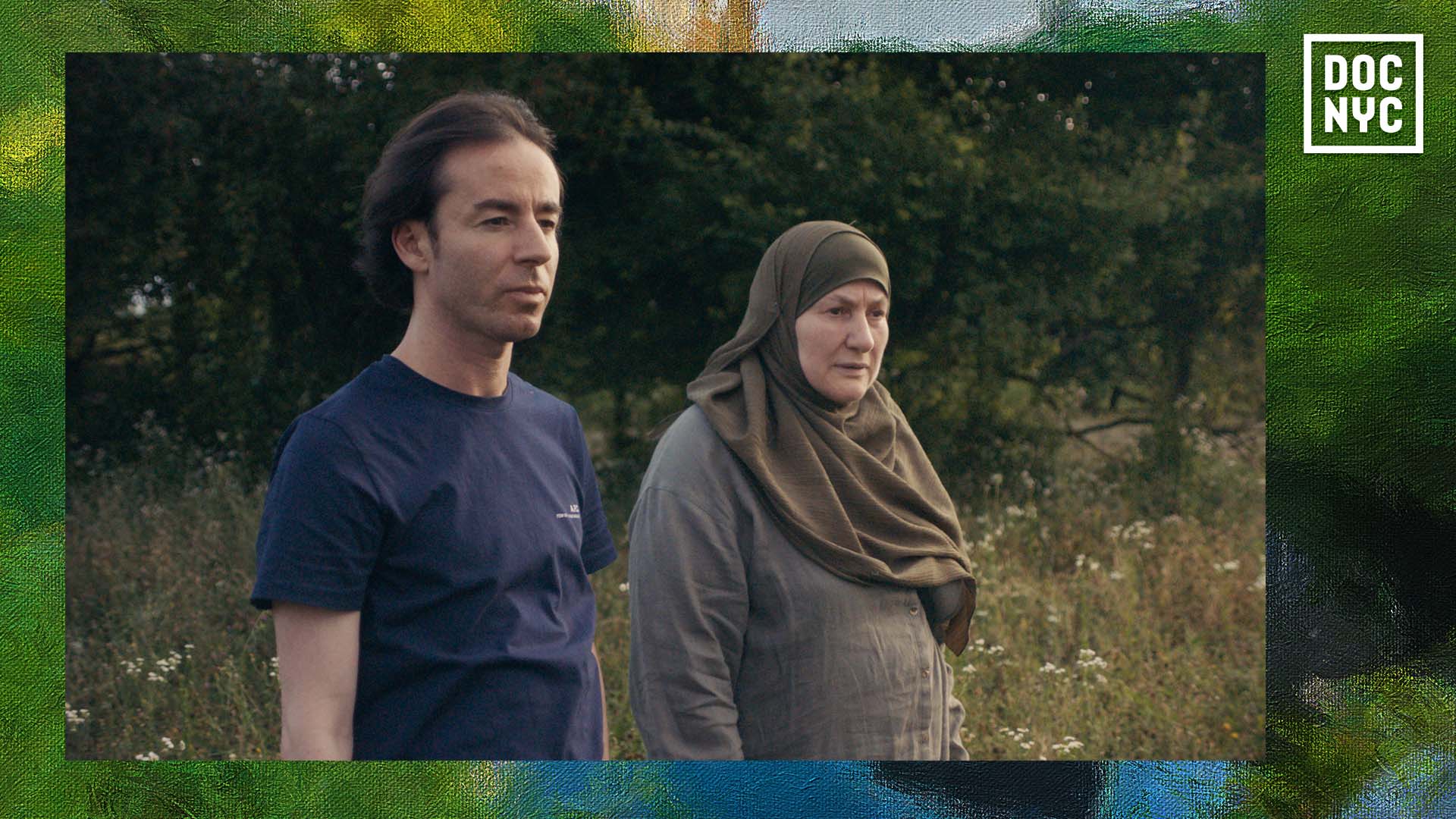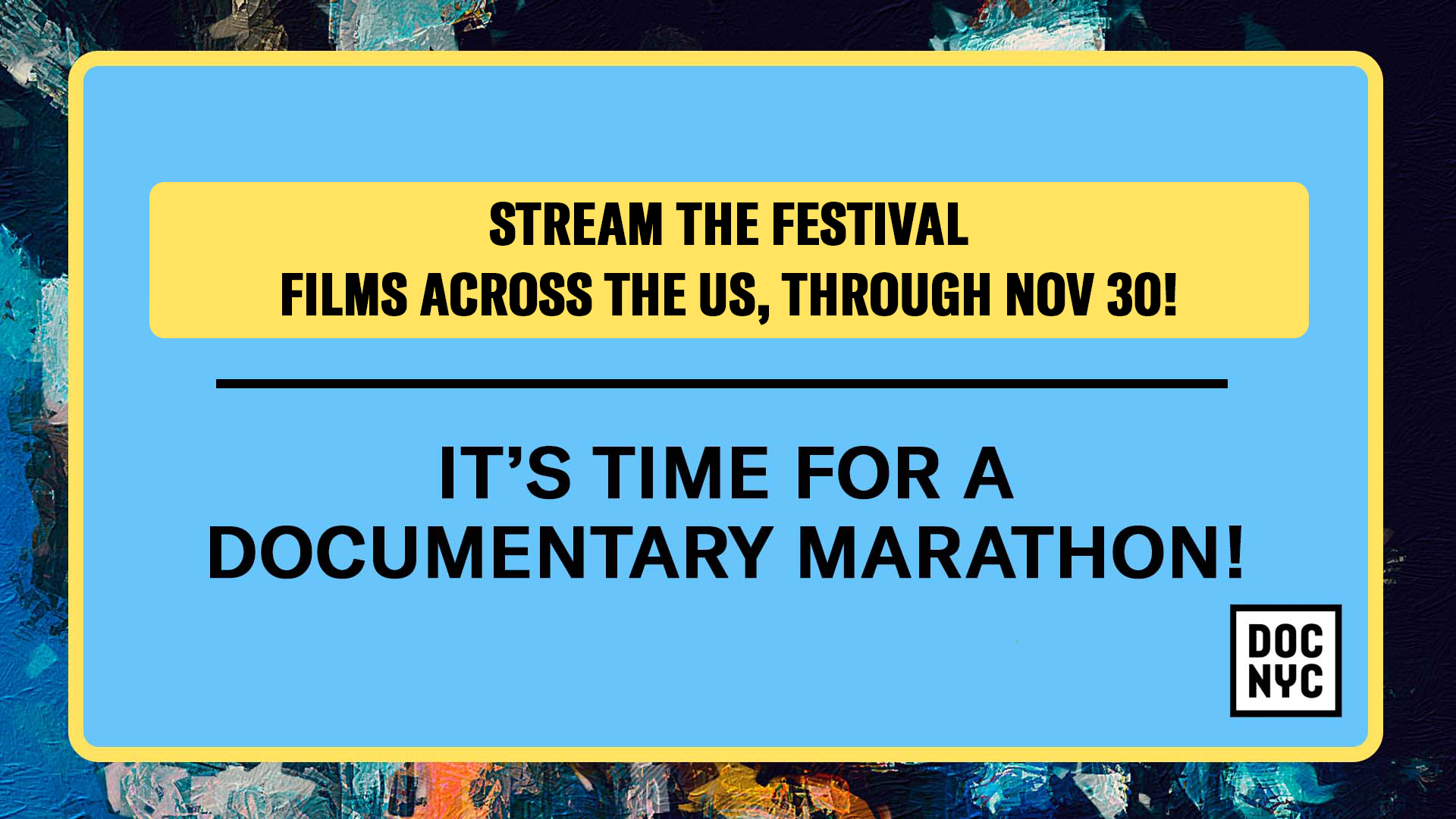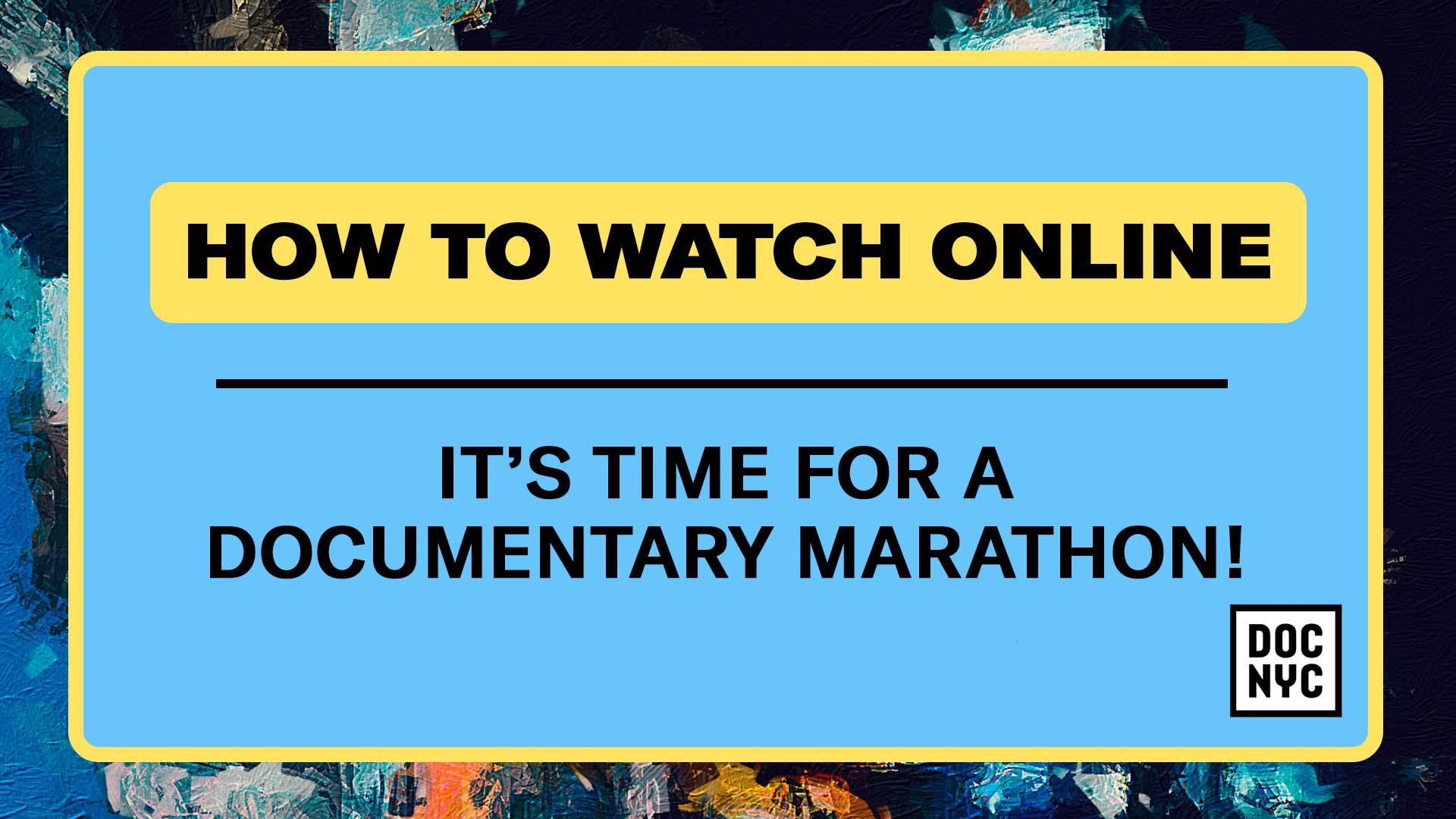Insights on Navigating the Distribution Landscape at DOC NYC PRO Impact Partners' Dan Cogan (Icarus) leads this session addressing the distribution landscape over the last 10 years — how it's changed, where it is now and where it might go in the future. This panel will feature documentary distribution case studies. Co-presented by Impact Partners
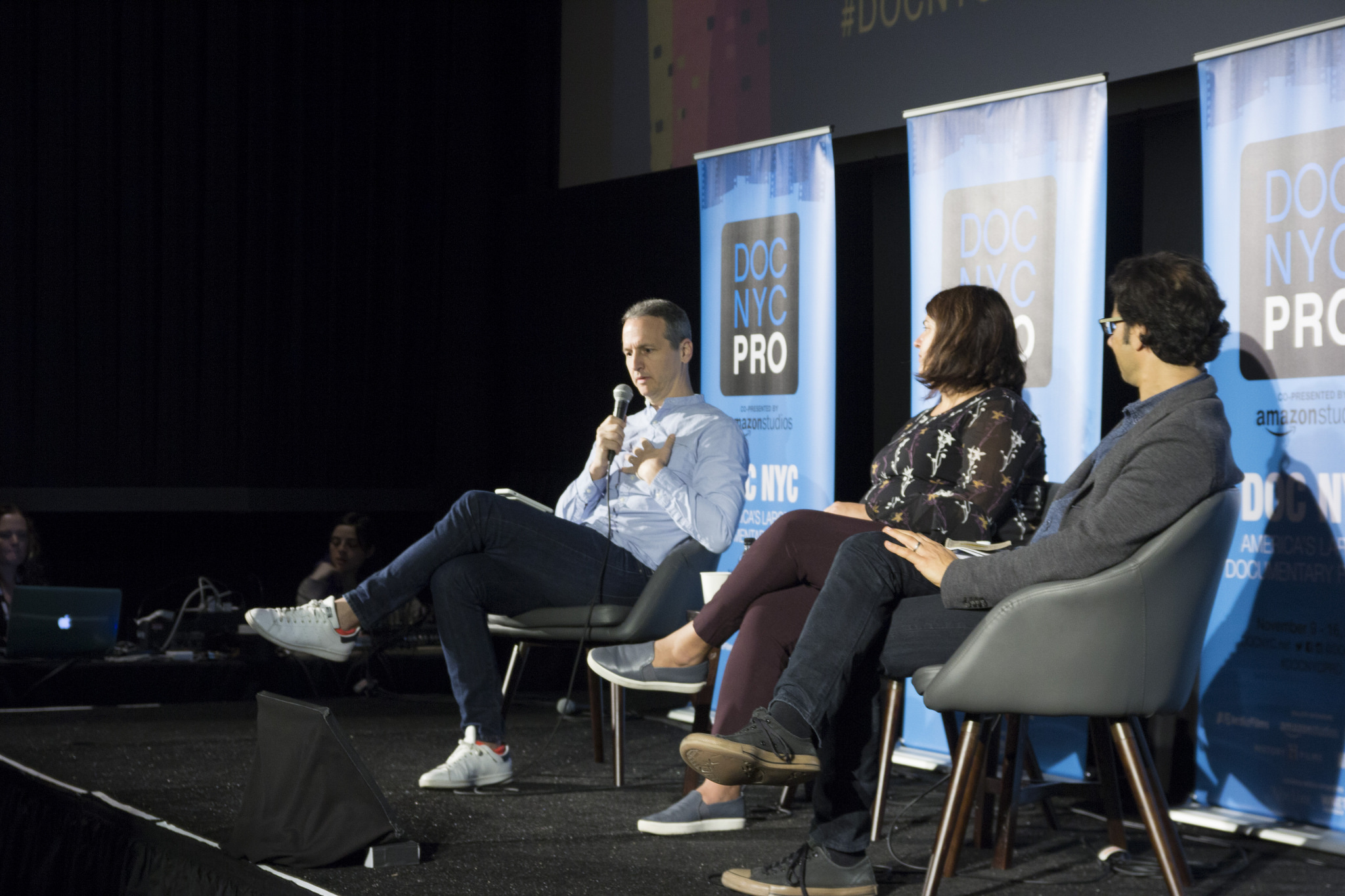
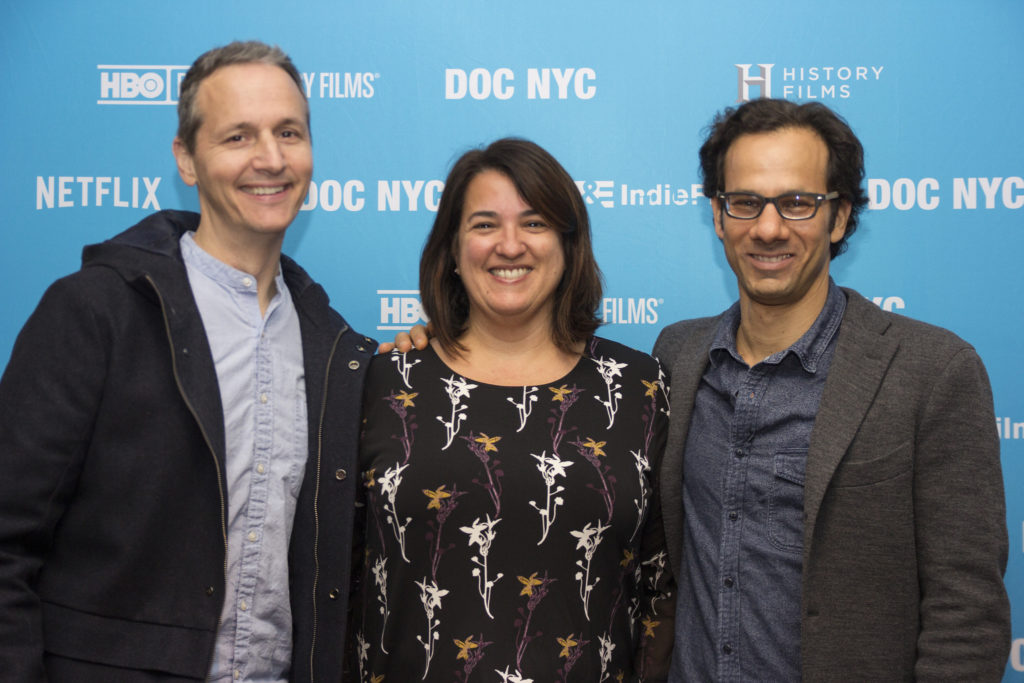
Written by Nikki Krivanek
Tom Quinn, Founder and CEO of Neon (currently releasing I, TONYA) and Arianna Bocco, EVP of Acquisitions at IFC and Sundance Selects (currently releasing Frank Serpico and Dealt) sat down with Impact Partner’s Dan Cogan for a DOC NYC PRO panel to discuss the distribution landscape over the last ten years and share their insights about where it is headed.
Starting off the discussion by going back to 2007, Dan Cogan paints a picture of a very different world for the distribution of nonfiction films. “There is no Netflix streaming. Companies dominating the distribution space are PBS and HBO. We are about to enter a massive global economic downturn. Facebook has only recently become available to everyone and the iPhone has just been created.”
All the panelist agree that these were a “dark couple of years” where there was little interest in documentary films. Oscar winning nonfiction films were grossing much smaller numbers than fiction films and nonfiction distribution was focused solely on the weight of a film’s theatrical success.
Distribution Strategy Now: The shifting role of theatrical business and SVOD
Most of the panel discussion focused on the emergence of subscription video on demand (SVOD) services, like Netflix and Hulu as key players in the current distribution landscape. The panelists shared examples of how SVOD services have had a tremendous impact on prices in the marketplace, driven competition for film distribution deals and shaped the nature of licensing deals especially in international market.
The panelists acknowledged that while theatrical revenues are dropping due to the ease of streaming video on demand the value of the theatrical release is still important. Tom remarked that there is still a “collective power of an audience. Nonfiction films are the last way to bring audiences together and discuss one issue for 90 minutes. It’s a tool for social good that we don’t want to lose.” Arianna agreed that there will always be a theatrical audience but that theatrical releases are becoming a “more curated experience.”
An overarching theme from the panelists was the importance of tailoring the release and distribution strategy to the film. Arianna shared that her strategic approach includes asking “who is the audience for a particular film, where do they watch films, how to distribute to that audience and finally, what publicity will I use to promote the film?” She also noted that the film’s subject matter can guide strategy as was the case in the distribution strategy for the film Weiner (2016). The film, which follows former congressman Anthony Weiner’s run for NYC mayor but ultimately captures the sex scandal that thwarted his political career, was simultaneously released in theaters and VOD due to the timeliness of the subject matter. For this film that strategy was successful.
Using the theatrical release of 20 Feet from Stardom as an example Tom emphasized “how you release a movie shapes what they become.” His strategy for this release relied heavily on the subjects of the film, beloved singers like Darlene Love, to generate excitement and drive publicity.
Looking Ahead: Docuseries, Short-form Content and New Players Entering the Arena
For the remainder of the session, the panel delved into a discussion about where the distribution landscape is headed. Currently new companies are starting to enter into the distribution space, most notably Facebook and Apple. At the same time, there has been a rise in the popularity of the docuseries. Netflix and Hulu have already been incorporating docuseries into their original content with many more in development set to release.
While documentary shorts have long been an important part of the nonfiction landscape, the way in which younger generations are consuming entertainment begs the question will short-form content eventually be bigger than feature films? The panelists discussed how some of the newer companies on the scene already have divisions dedicated to short-form nonfiction content. Facebook’s new platform Watch, which hosts shorter shows and live content, is set to launch a 10-episode unscripted series about minor league baseball with Bill Murray and his brother Brian Doyle-Murray. Episodes will run for approximately 8 minutes.
The panel wrapped up with questions from the audience and panelists sharing trends in content that they would like to see more of in future. Both Arianna and Tom agreed that they would like to see more incorporation of fictional elements into nonfiction frameworks like in the films Casting JonBenet or Errol Morris’ Wormwood.
